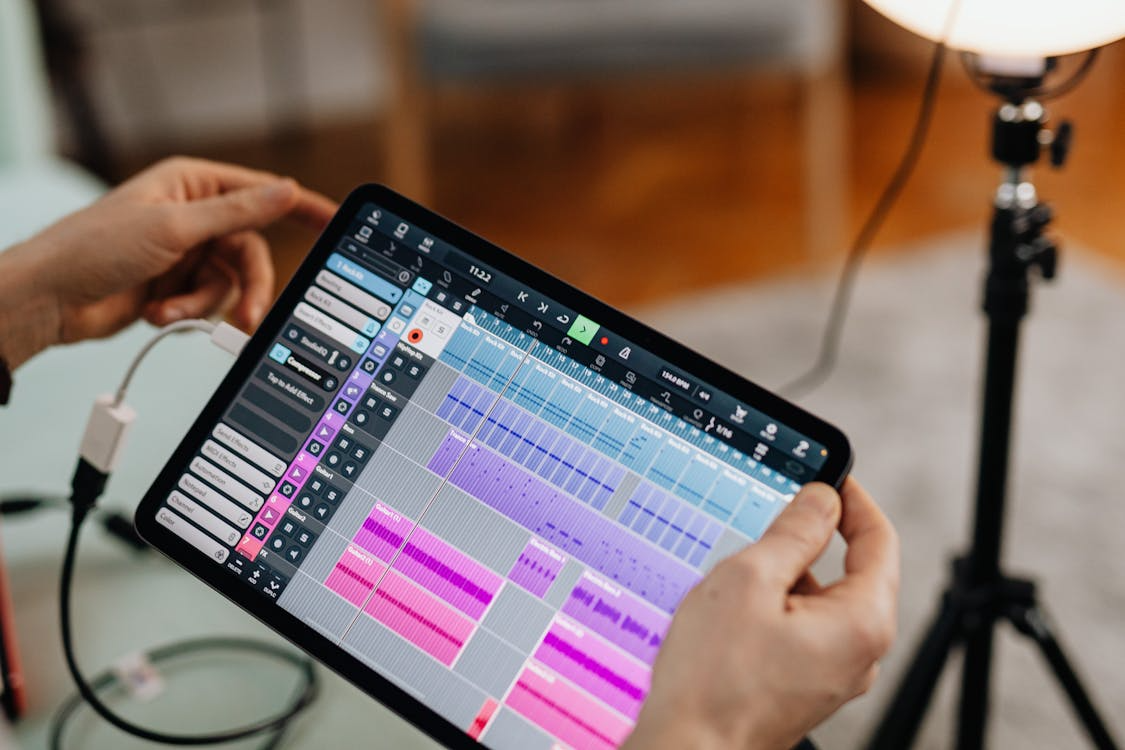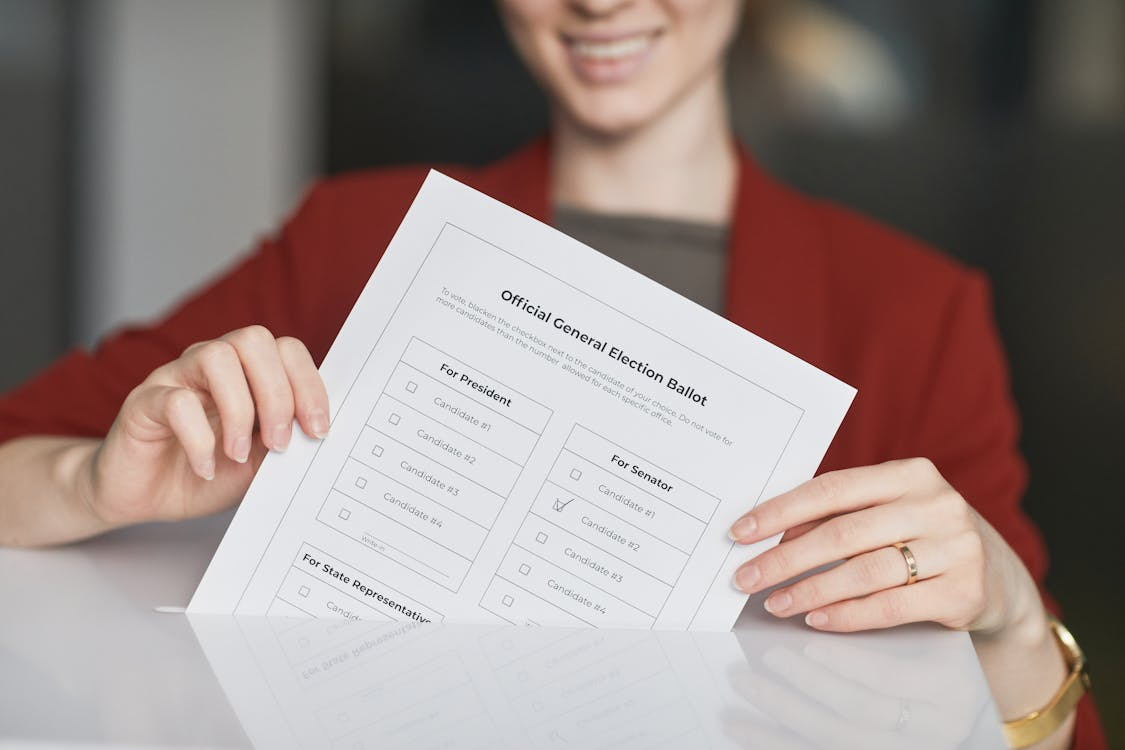European policymakers have made it clear that controlling digital data is non-negotiable, particularly as AI technologies gobble up information at an unprecedented scale. For compliance professionals working to keep their organizations on the right side of the law, grasping how the EU protects its data while encouraging tech progress is crucial. Here, we'll break down the Digital Services Act (DSA) and the AI Act, look at ways to keep data separate from applications for better sovereignty, and stack that up against what's happening in the U.S.—all with an eye on the changes rolling out through 2025.
Breaking Down the DSA and AI Act
The DSA, which kicked in back in 2022, acts as a watchdog for online platforms, pushing for clearer data practices and accountability. It requires big platforms to share data with researchers and tighten up on how algorithms handle content, which ties directly into AI operations. By this point in 2025, we've seen enforcement ramp up, with rules allowing access to platform data for scrutiny, and penalties hitting as high as 6% of worldwide revenue for slip-ups—something that's already stung a few tech giants in early cases.
Then there's the AI Act, the EU's groundbreaking law tailored specifically for AI, which officially hit the books in July 2024. It sorts AI into risk levels: stuff that's barely risky gets a light touch, but high-risk tools—like those deciding loans or jobs—face tough checks for things like bias and data reliability. Outright bans cover creepy uses, such as live facial recognition in public spots. Key dates? Bans on the worst offenders started in February 2025, and rules for general-purpose AI models followed in August. According to the European Commission, by next year, more than 80% of AI setups will need to meet transparency standards, forcing companies to log their data sources carefully.
These two laws work hand in hand to lock down AI data sovereignty in the EU, making sure data born in Europe stays under local oversight and shields against outside meddling.
Tackling Data and Application Separation
One smart move for holding onto data control is splitting data from the apps that use it—think of it as keeping your valuables in a safe while letting others borrow the tools. This way, sensitive EU data remains parked in compliant zones, meshing with GDPR rules, even if the AI software comes from elsewhere.
Practically speaking, that involves building systems where data lives in EU-approved clouds, walled off from app functions that might tap into global providers. Take the upcoming Cloud and AI Development Act, eyed for a 2025 rollout—it's all about boosting homegrown cloud options to cut ties with U.S. giants. Lessons from projects like Gaia-X show how shared data hubs can swap info securely without shipping it abroad. A recent report from the European Data Protection Board points out that these setups have slashed cross-border breaches by about 25% in test runs for fields like healthcare.
This separation dovetails with the AI Act's push for "representative" data in high-risk AI, helping avoid sovereignty slip-ups. Tools like residency-enforcing APIs let companies crunch anonymized data bits without exposing the whole kit and caboodle outside EU turf.
How the U.S. Stacks Up: Different Paths
Over in the U.S., things are more patchwork—guidance comes from executive orders and industry-specific rules, without the EU's all-in-one punch. The 2023 AI Executive Order stresses optional testing and labeling, but skips the mandatory risk buckets you see in Europe. Data sovereignty often takes a back seat to speed, with laws like the CLOUD Act letting authorities peek at foreign-stored data, which flips the script on EU safeguards.
On the state side, California's SB 1047 adds some curbs for big AI impacts, but it's no match for the AI Act's breadth. Research from Brookings shows U.S. companies roll out AI quicker but deal with more lawsuits—over 150 AI cases last year alone—compared to the EU's predictable fine structure. Bottom line: The EU bets on strict sovereignty and ethics, which might slow things a tad, while the U.S. chases growth but risks bigger data headaches.
EU AI Regulations Timeline
To see how this has unfolded, here's a snapshot of major steps in the EU's AI and digital regs:
| Year/Month | Key Event |
|---|---|
| 2018 | GDPR launches, setting the stage for AI data protections. |
| 2021 | AI Act first proposed by the Commission. |
| 2022 | DSA and DMA get the green light, targeting platforms and competition. |
| 2024 (Aug) | AI Act enters force. |
| 2025 (Feb) | Prohibitions on unacceptable AI kick in. |
| 2025 (Jul) | Draft guidelines for general-purpose AI released. |
| 2025 (Aug) | GPAI model obligations start. |
| 2025 (Sep) | EU Data Act activates, focusing on data sharing. |
| 2026 (Aug) | Bulk of AI Act rules, including high-risk ones, fully apply. |
Pulled from official EU schedules, this timeline highlights the steady march toward tighter controls. Compliance folks, mark your calendars—skipping these could mean big disruptions.
Plotting a Course for 2025 Compliance
Staying ahead on AI data sovereignty calls for action: Kick off with AI Act-aligned risk reviews, weaving in sovereignty audits for data flows. Pump resources into EU-centric setups like edge computing to split data and apps without dragging down efficiency. Those DSA-mandated audits? They're your friend for dodging penalties; pilot data from 2024 shows compliant outfits saw 40% less regulatory heat.
In the end, these steps don't just check boxes—they build a rep for responsible AI. For outfits spanning continents, blending EU caution with U.S. hustle might mean custom hybrids, like isolating EU data in secure enclaves.
When rolling this out across borders, clear communication in multiple languages is key for docs and training. That's where experts like Artlangs Translation shine, handling over 230 languages with deep roots in translation, video and game localization, subtitle work for short dramas, and multilingual dubbing for audiobooks and more—backed by a track record of standout projects and savvy localization insights.











